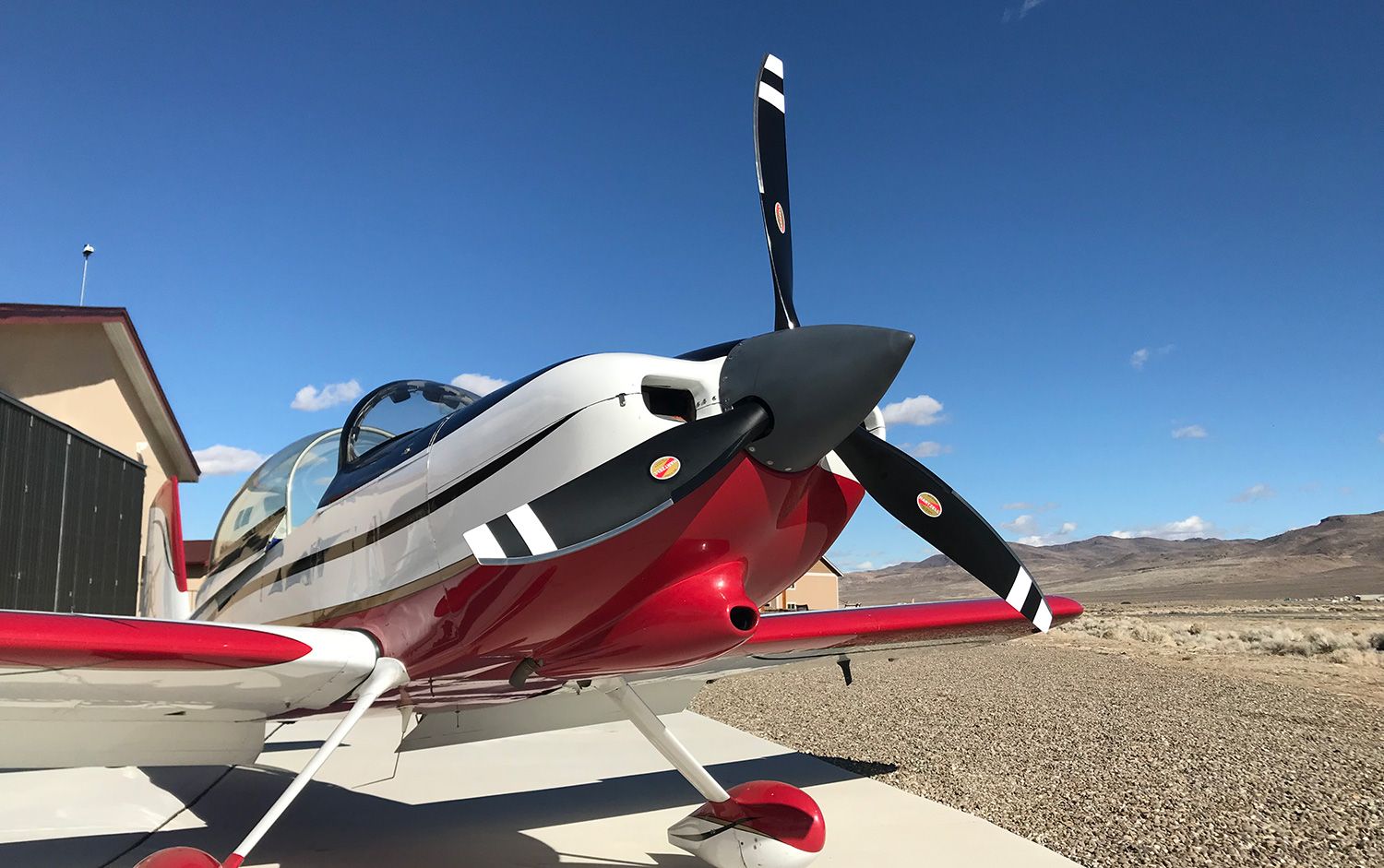 It is an exciting time to be in experimental aviation from the standpoint of propellers—there are some new interesting new designs out there that are just begging to be bolted on and tested, so this week, we’re flying the new “Explorer” three-blade composite prop from Hartzell on our RV-8. If you recall, last fall we compared the latest new Whirlwind composite three-blade, the WW-300, and loved it due to excellent speed and climb performance, as well as its light weight. There is value in doing apples-to-apples comparisons, so Hartzell asked if I’d bolt their new design on to the same airplane so that we could see how it does in the same environment.
It is an exciting time to be in experimental aviation from the standpoint of propellers—there are some new interesting new designs out there that are just begging to be bolted on and tested, so this week, we’re flying the new “Explorer” three-blade composite prop from Hartzell on our RV-8. If you recall, last fall we compared the latest new Whirlwind composite three-blade, the WW-300, and loved it due to excellent speed and climb performance, as well as its light weight. There is value in doing apples-to-apples comparisons, so Hartzell asked if I’d bolt their new design on to the same airplane so that we could see how it does in the same environment.
If you read our reports from our last round of testing, we found that the newer composite blade design of the Whirlwind managed to break the old rule of thumb that a three-blade prop was slower than one with two blades by pulling the airplane along at the same speed as the older design metal two-blade Hartzell. Aerodynamic knowledge has advanced in the years between the two designs, so it as not a surprise that we’d see good things from the latest computer-aided designs. So far, although our results are preliminary, we are seeing the same thing with the composite Hartzell three-blade—it beats the two-blade Hartzell metal Blended Airfoil in climb, and matches it in speed.
In addition to testing the speed of all three props at a constant density altitude of 8,000’ (the industry norm for cruise performance comparisons), we decided to take all three props to a high altitude cruise to see how they would do in the thin air. At 14,000’, what we found was that both the two-blade Hartzell and the three blade Whirlwind had their best speed peaks at 2500 RPM, with speed dropping off above and below that RPM. The Hartzell three-blade had a much more constant speed range across the range of RPMs—but it also had a slower top speed by a few knots.
Look for a complete review with numbers as we finalize our data !







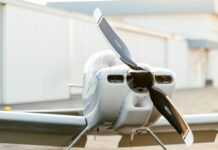
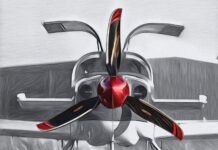
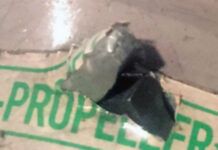
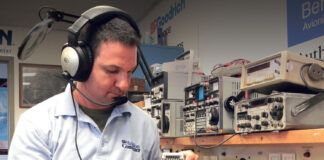
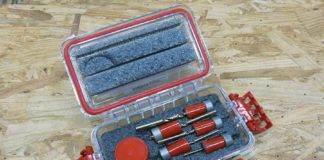
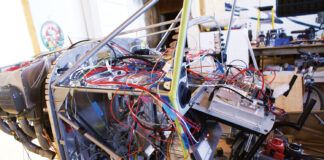
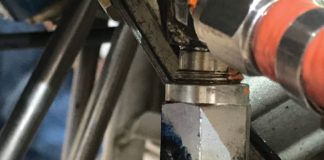
Will you also test the MT-Propeller Entwicklung GmbH MTV-12 series Propeller? I would be very interested since this is the one I have installed on my RV-8 which is not finished yet.
The props we’ve been testing have been at the request of manufacturers, and so far, we haven’t heard anything from MT – but we’d certainly consider bolting one on if it showed up at our door.
Paul, interesting stuff. Do you have to put your RV back into Phase 1 each time you change props?
Yes – we do logbook entries and weight and balance configurations for each configuration – although it can be argued that a change from one C/S to another C/S Ins;t significant, it is so easy to sign the airplane in and out of Phase 1 that there’s no reason not to do it.
Paul,
For a pure apples-to-apples prop comparison, shouldn’t the weight and more importantly, the CG be held constant? With the little testing I’ve done, I’ve found the CG to make a measurable impact on speed and climb performance.
Yes – the reason we have been doing the prop comparisons on the same airplane is to minimize differences that could affect the results – and our testing has included using the same loading (weight and CG) for each test flight, as well as using the same test card for each flight so that the various data is collected in the same order for each prop, thereby having as close as possible fuel states for each test for each prop. We are also recording trim positions and fuel flows, mixture settings, and power numbers to make sure we have things as identical as possible.
In other words, we are trying to make the only variables the props themselves.
Have you monitored CHT’s in your testing? Blade configuration in front of the cowl inlets can significantly affect CHTs. Whirlwind addressed this with their 200/400AC blades by adding a cuff at the trailing. Rob Holland noted a 15° drop in CHTs when switching from the 400C to the 400AC three blade series. I recorded an even larger CHT drop going from the 200C to 200AC two blade series. My blade change was on a Laser 230 with significantly larger inlets than an RV.
We really haven’t monitored CHT’s during this test period, mostly because we’ve been running the tests over a wider calendar period than I’d like to give us consistent ambient temperatures. I can state only that qualitatively we haven’t seen anything unusual with CHT’s during the tests – they have all remained in family for this airplane, which has bone-stock Van’s inlets built per plans.